Trend Timeline: The definitive history of shoes
It’s #ShoesFirst month at Marie Claire and to celebrate, we’re charting some of the most influential and iconic design developments in footwear history.
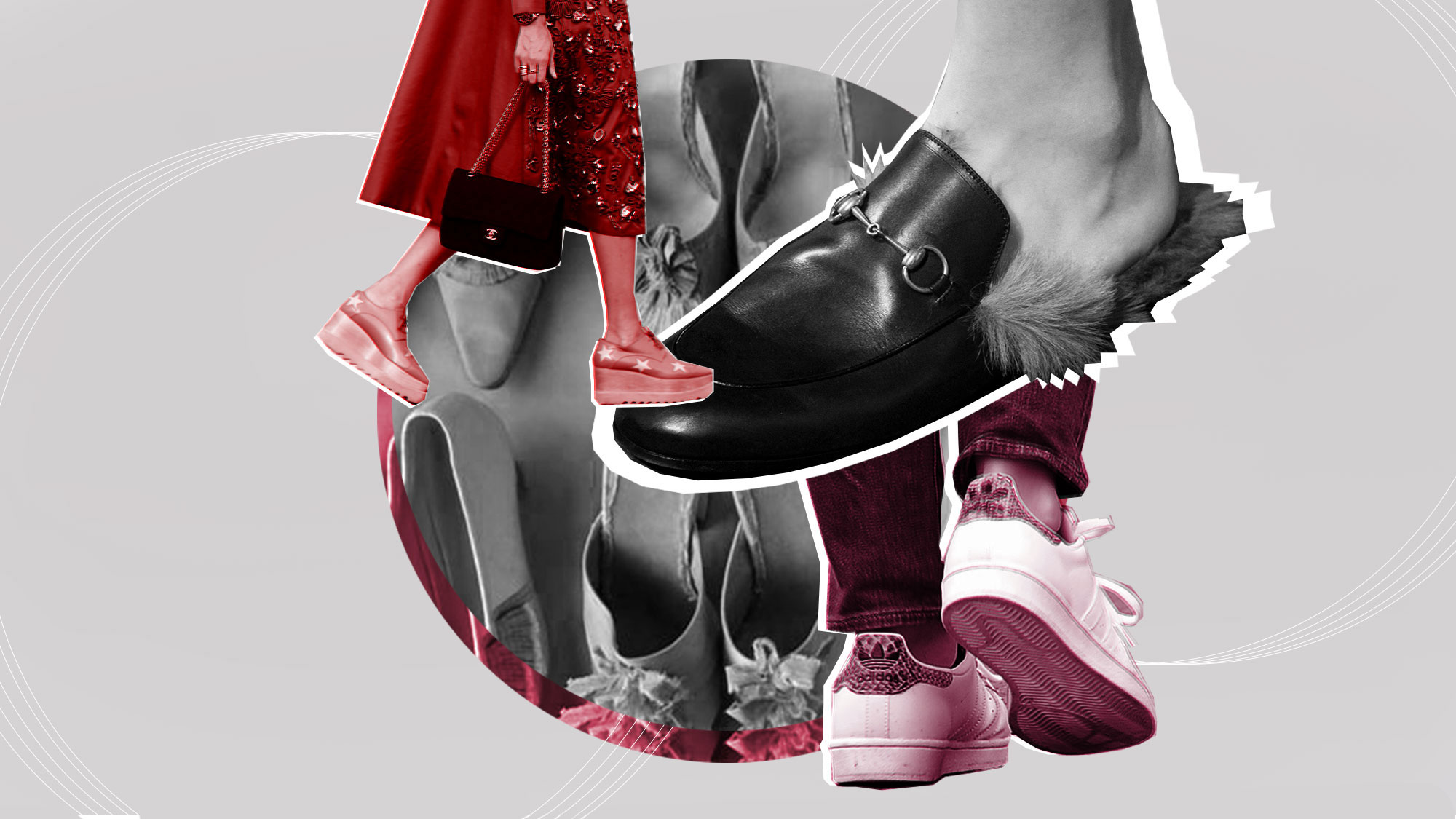
It’s #ShoesFirst month at Marie Claire and to celebrate, we’re charting some of the most influential and iconic design developments in footwear history.
It’s #ShoesFirst month at Marie Claire and to celebrate, we’re charting some of the most influential and iconic design developments in footwear history. From gladiator sandals to UGG boots, wellies to brogues, we’re investigating where some of our favourite styles originated...
Roman Military Sandals Let’s start with the gladiators shall we? Because we could have gone way further back and kicked off our list with some flimsy Egyptian papyrus sock, but cage shoes were the first style that really made it onto the eternal fashion map. Gladiator flats and mega strap heels are still rocking the catwalks today and have been worn by everyone from Kate Moss to Sienna Miller over the years. We bet that’s exactly where the Romans saw their military footwear designs ending up.
(Image: Gladiators at Chloe's 2015 fashion show)
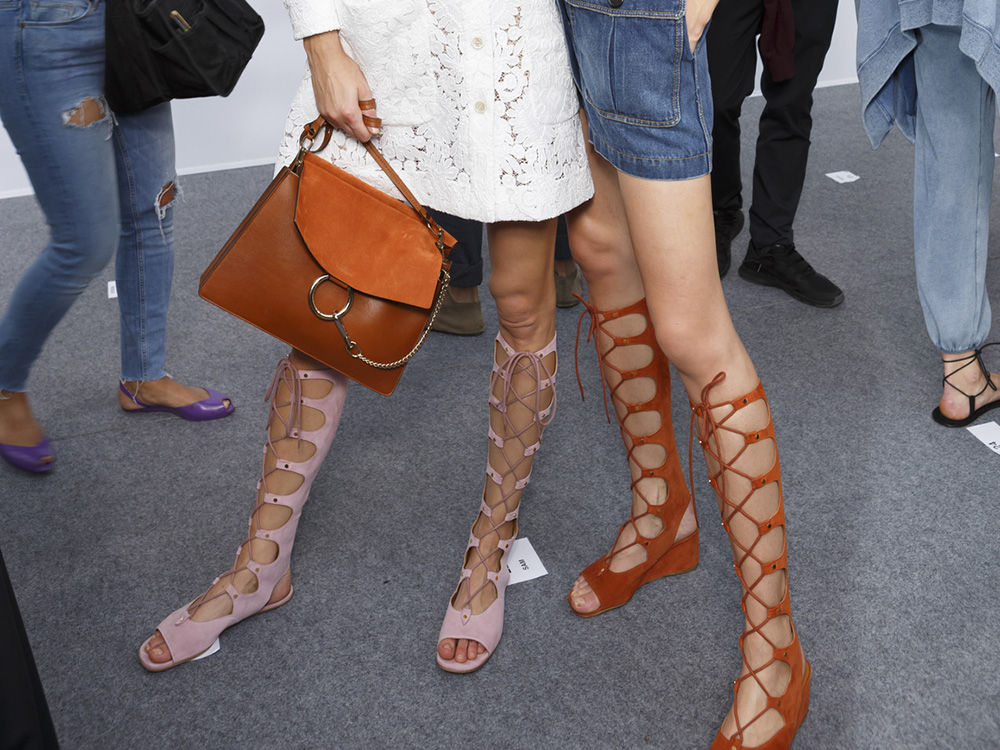
Chinese Foot Binding Chinese foot binding, which began in the year 960, was the torturous process of tightly wrapping a young girl’s feet to prevent them from growing, demonstrating that she was good marriage material. Finally banned in around 1910, examples of the tiny, disabling shoes are currently on display at the V&A in their Shoes: Pleasure And Pain exhibition.
(Image: Example of ancient foot binding shoes)
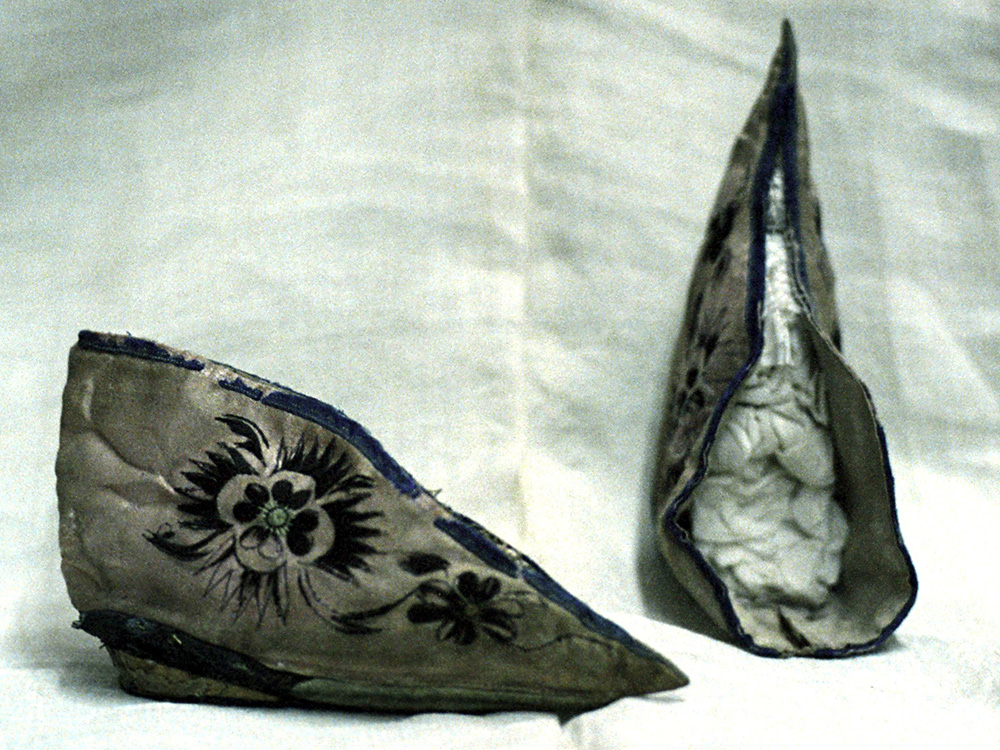
18th Century Fancy Footwear Rich women didn’t get out much in the 1700s, and their boudoir mules were usually made from fine silks and delicate embroideries, which needed a leather over-shoe, or patten, over the top if ever they did venture outside. Manolo Blahnik recreated the ultimate 18th Century style setter, Marie Antoinette’s, stunning shoe wardrobe for Sofia Coppola and Kirsten Dunst’s movie about the French queen of decadence in 2006.
Celebrity news, beauty, fashion advice, and fascinating features, delivered straight to your inbox!
(Image: Manolo Blahnik's collection for 'Marie Antoinette', 2006)
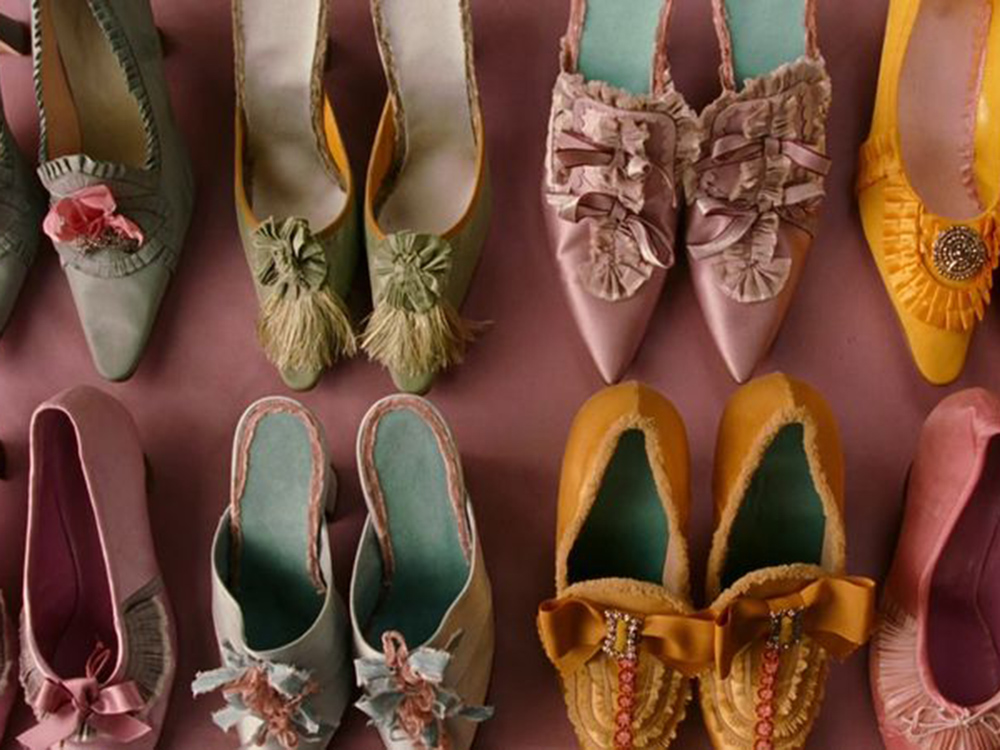
Wellington Boots It’s the Duke Of Wellington versus Kate Moss on this one. Who should we really credit with the popularisation of wellies? Sure, the Duke commissioned the first pair in his name back in 1817, but when Kate Moss wore a pair of Hunters to Glastonbury in 2006, the practical choice really hit the festival fashion map.
(Image: Kate Moss at Glastonbury, 2006)
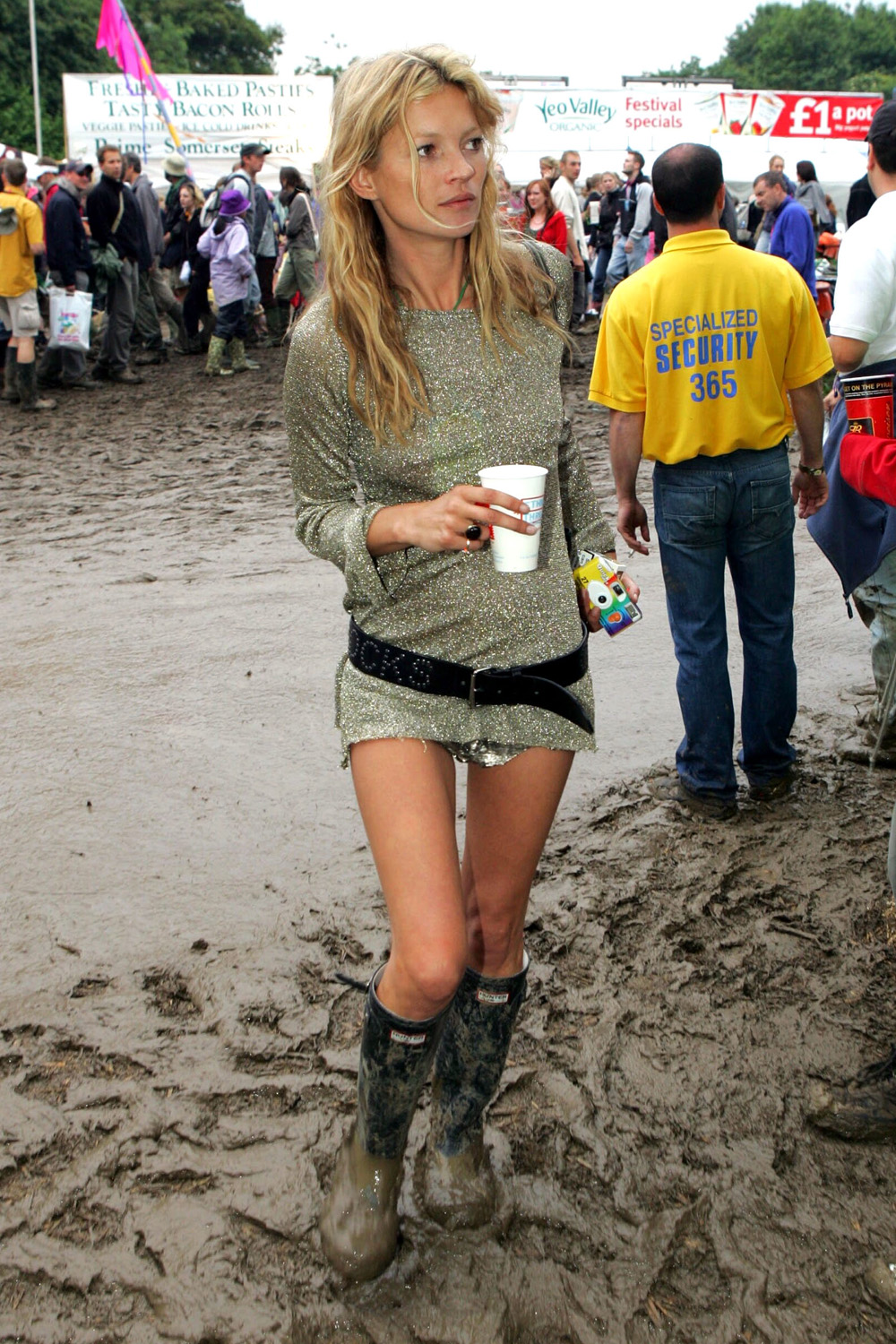
Proper Pairs It wasn’t until 1830 that left and right shoes were invented. Honestly! Yes, it was a French shoemaker who first spotted that our right and left feet are different shapes and literally bended the tradition of straight sole moulds to benefit all of us forever more. Grateful, much?
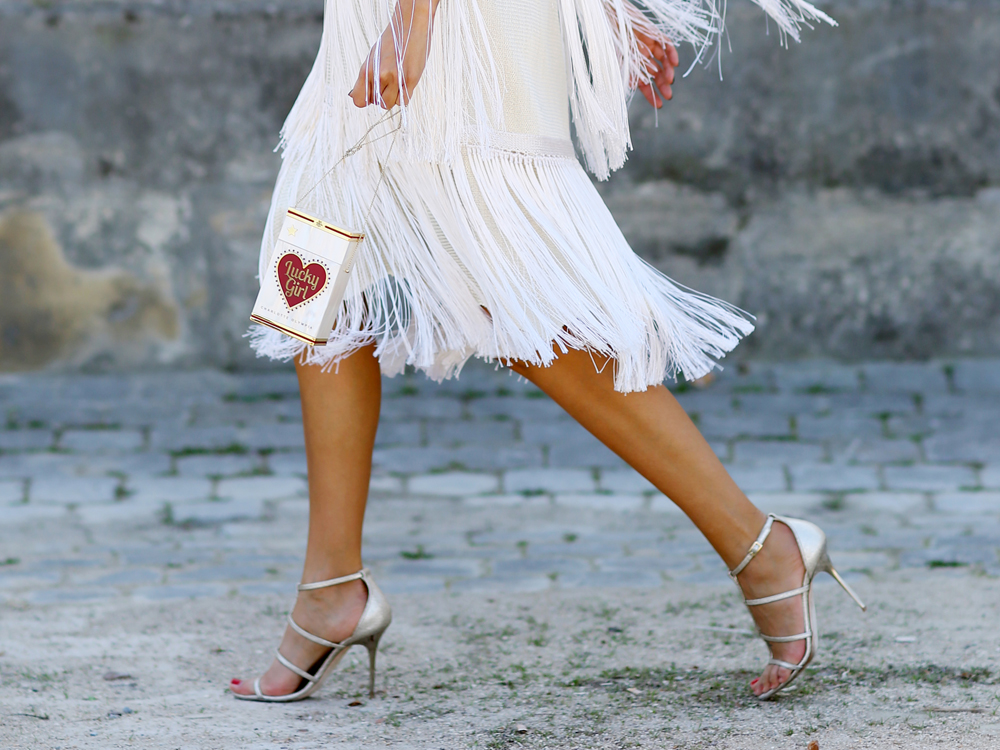
Rules about heel height were introduced in the 1910s to make sure women always looked ‘decent’. Anything above three inches was deemed too risqué, and a woman’s gown had to be long enough to cover the top of her boots by two inches. How... limiting.
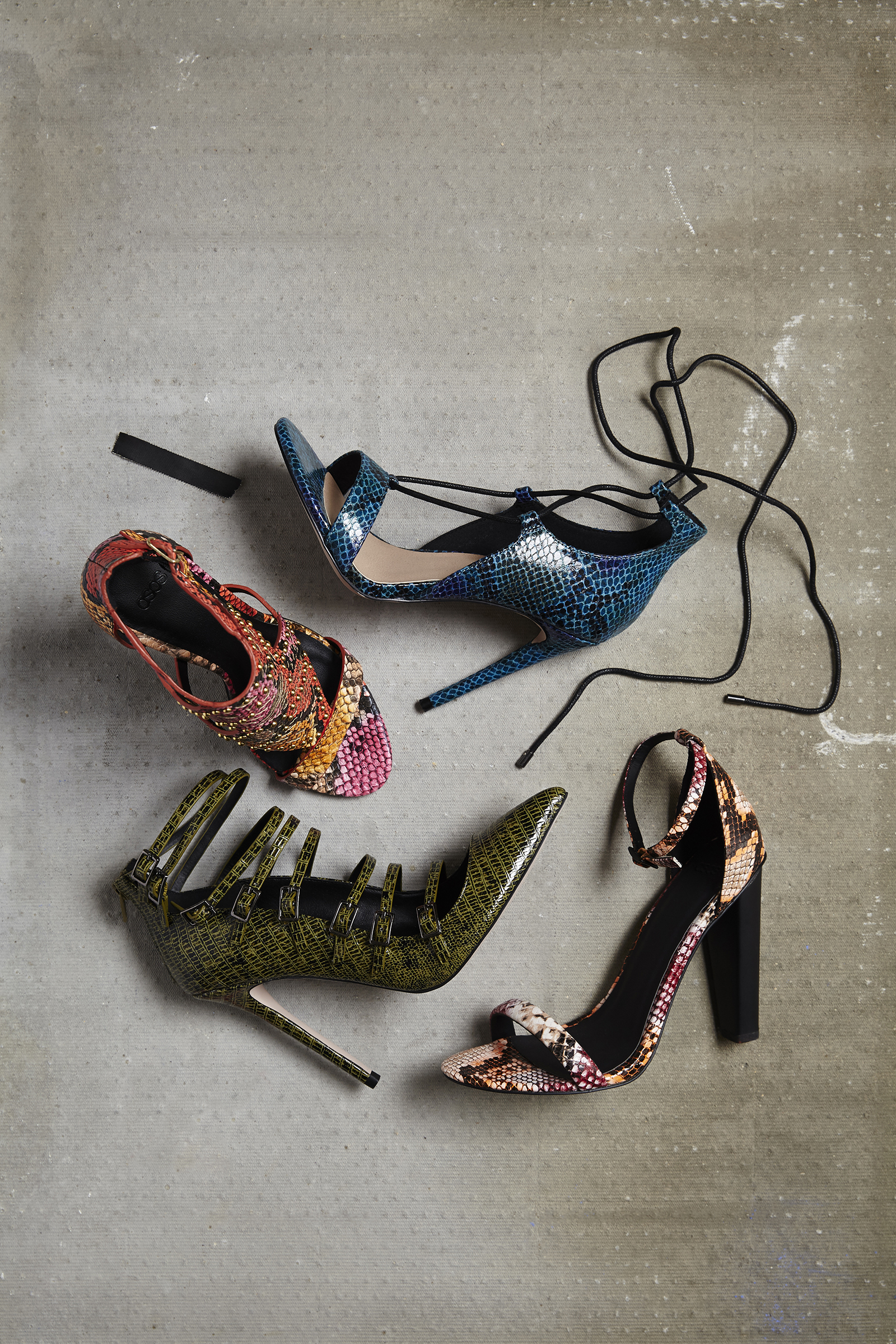
Brogues The 1920s saw the popularisation of Oxford brogues, or ‘spectator shoes’ as they were known, because people initially just wore them to watch sports in. There really is a shoe for every occasion, isn’t there?
(Image: Stella McCartney's modern take on brogues)
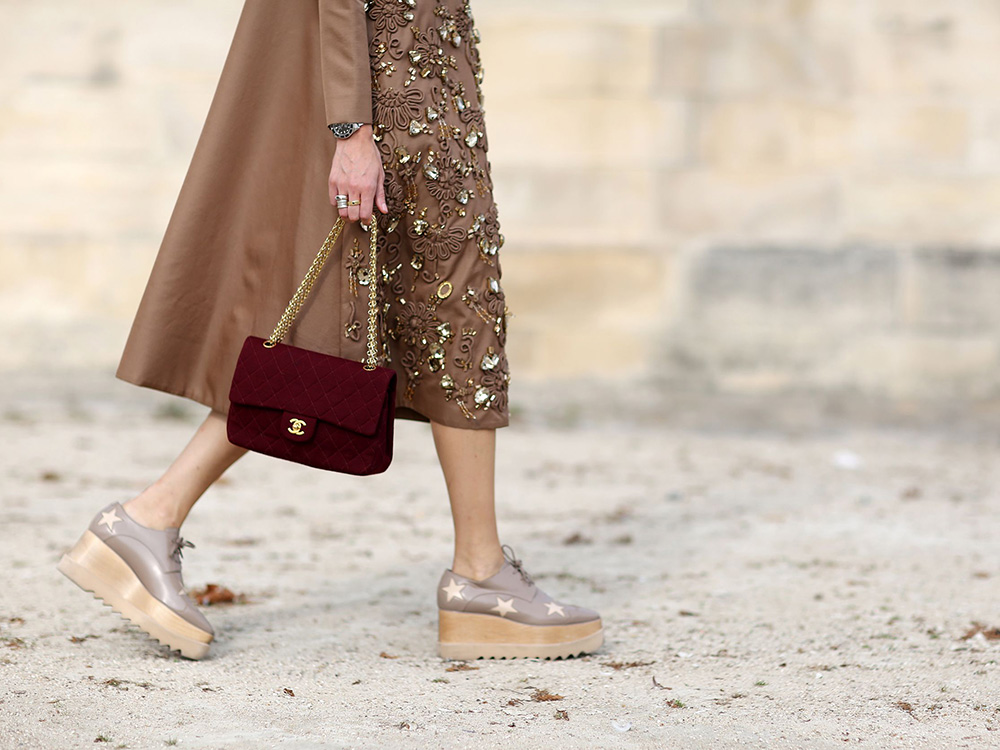
Natural Wedges Salvatore Ferragamo invented cork wedges in 1938 after Italy’s Facist regime left him without any leather materials to work with. The design was an instant hit around the world, and is now the summer shoe of choice for everyone from Kim Kardashian to Kate Middleton today.
(Image: The Duchess Of Cambridge wears cork wedges, 2014)
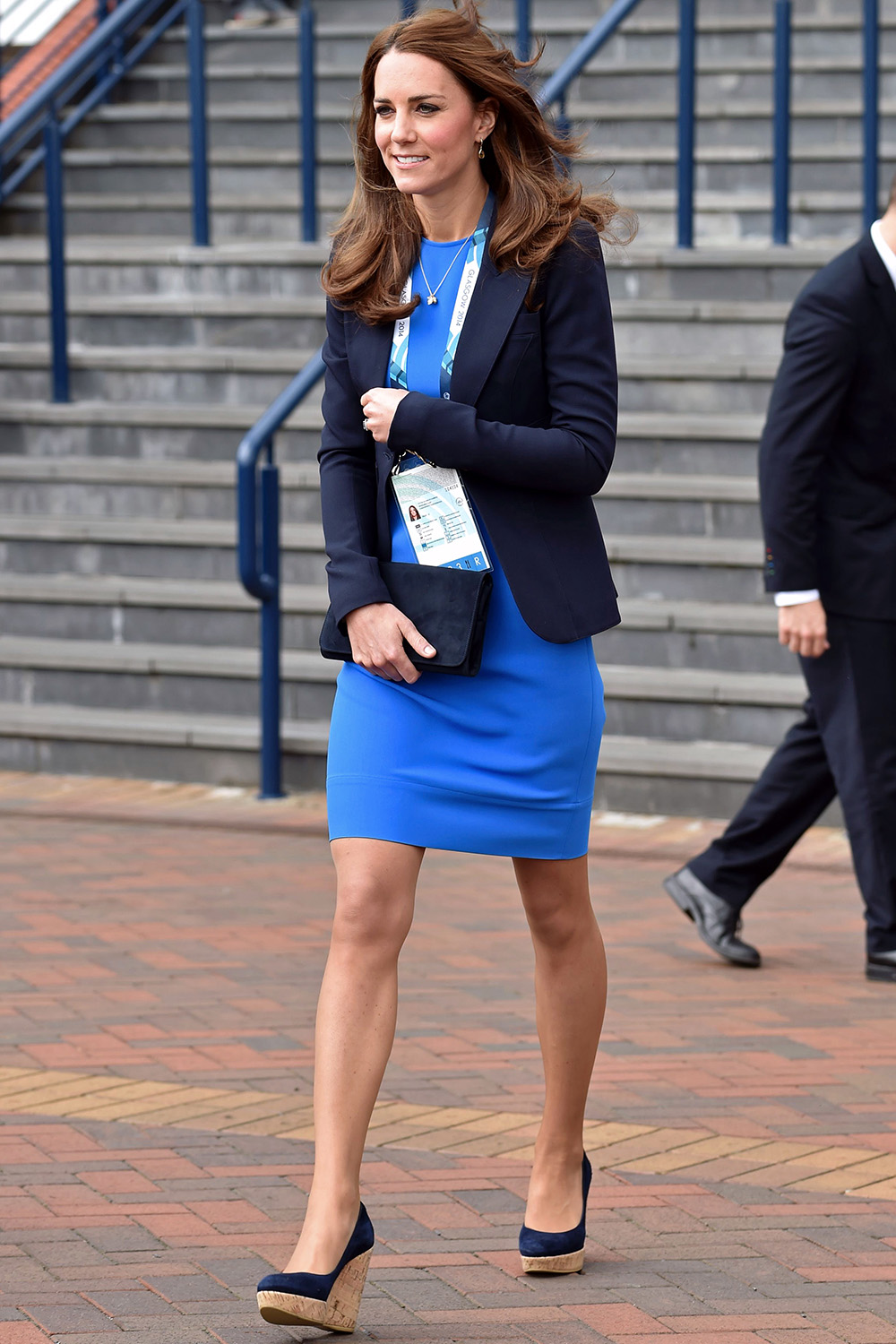
Luxe Loafers Gucci coined the term loafers in 1953 and their iconic horsebit style has just been given a fluffy revamp for AW15. Audrey Hepburn also loved a penny loafer, working them on the big screen in 1957’s Funny Face.
(Image: Gucci's 2015 take on its iconic loafer style)
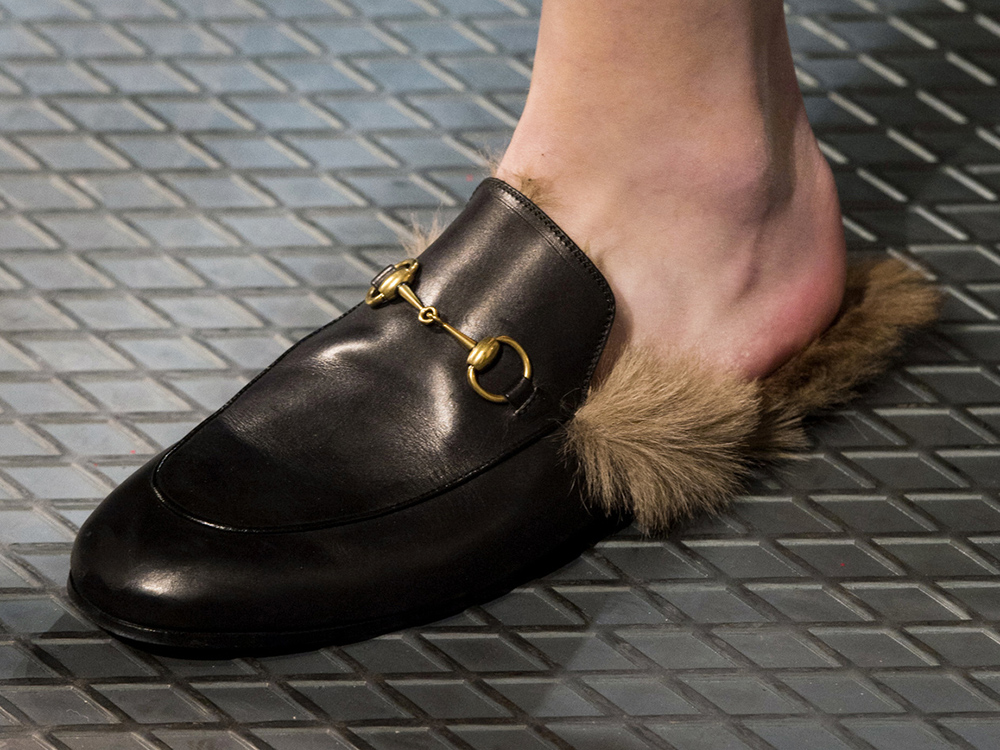
Hello Stilettos In the 1950s, the stiletto heel was popularised and brilliantly named after a Sicilian fighting knife. Roger Vivier’s designs for Dior were de rigour at the time, and perfectly completed Christian’s hyper-feminine, New Look silhouette, which defined the decade.
(Image: Christian Dior holds Roger Vivier's stilettos)
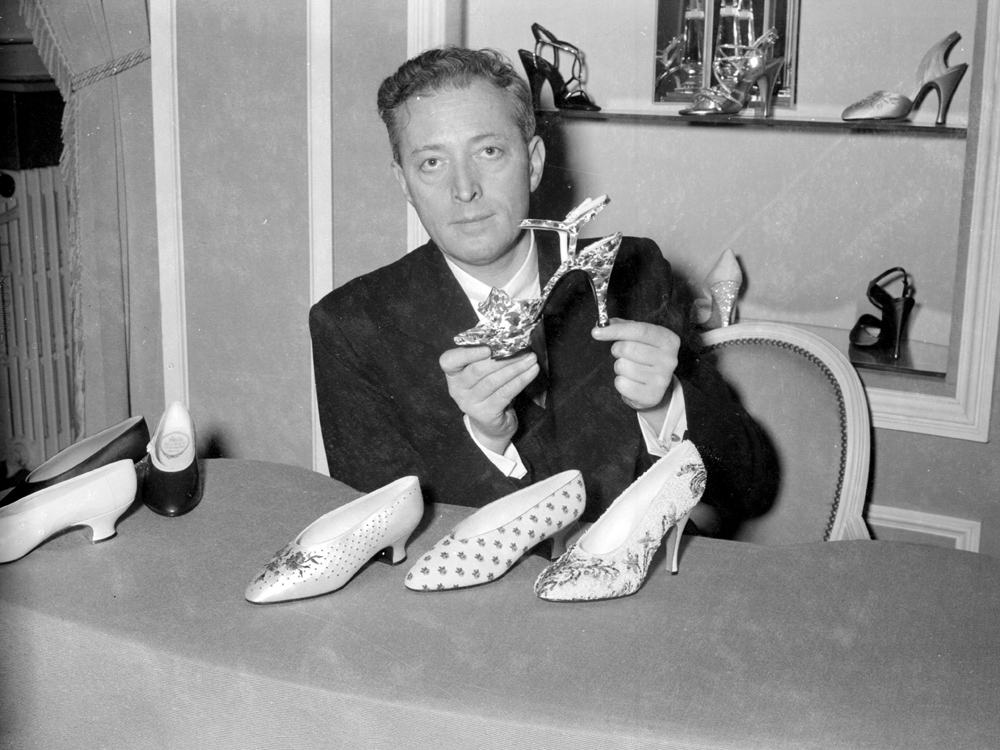
UGGs Go Global Until 1978, sheepskin UGGs had been the footwear choice of Australian surfers looking to keep their feet warm when they got out of the water. Then the company began exporting, and sales blew up, reaching a peak point in the early 2000s when they became the off-duty shoe of choice for almost every Hollywood star. (Image: UGG Australia's AW15 ad campaign)
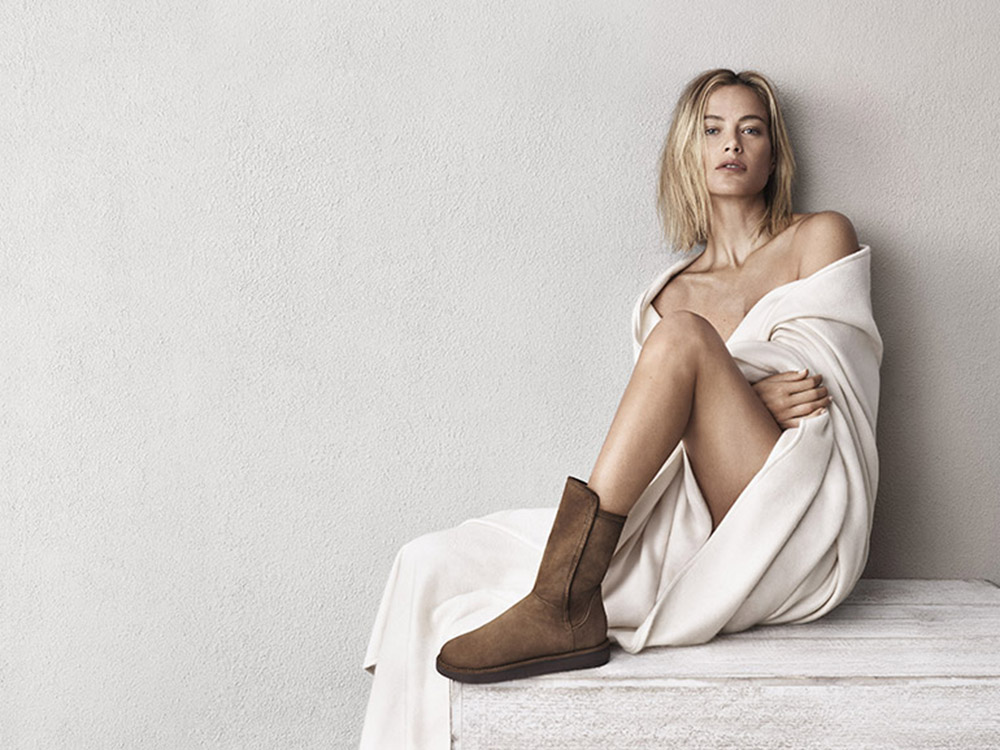
Trainer Tribes Sales of specialised exercise shoes had been on the rise since the 1950s, but it wasn’t until Jane Fonda and the aerobics explosion of the 1980s that trainers really became a fashion statement. As their popularity grew, so did celebrity endorsements and now, everyone’s revisiting their cult favourite style all over again. So, New Balance, Stan Smiths, Reebok Classics, or something else; which trainer tribe are you in?
(Image: Street style trainers, 2015)
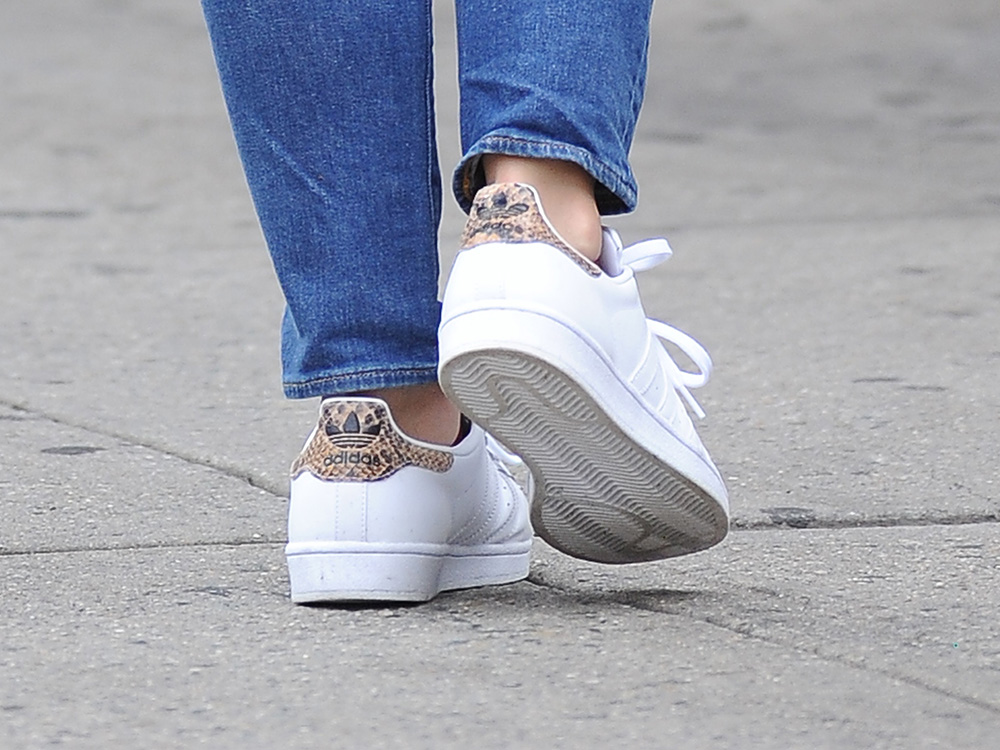
Today, We Want ALL The Shoes Fashion has a tendency to eat itself, and right now the last 40,000 years of history are on a repeat playlist when it comes to the latest shoe trends. A quick tally up of your own wardrobe, and you’ve probably got at least one pair of brogues, stilettos, UGGs, trainers, wedges, loafers, wellies and gladiator sandals in there. A fully-stocked fashion timeline, if you will?